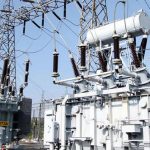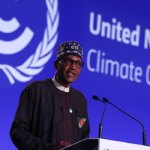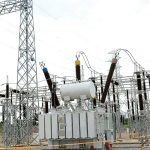According to a projection by Rystad Energy, the surging need for electricity will require an overhaul of grid infrastructure, potentially attracting up to $3.1 trillion in global investment by 2030. This amount dwarfs the yearly investment in renewable energy sources (RES), which is on track to exceed $640 billion by 2024. Presently, the total length of power transmission lines worldwide stands at 86 million km, surpassing the Earth’s equator length by over 13 times. Most prevalent are power lines with voltages below 10 kilovolts (kV), spanning 72 million km, followed by medium-voltage lines (10 kV to 70 kV) covering 8 million km. High-voltage lines (70 kV or more) are less common, totaling 6 million km, but are expected to gain popularity due to rising demand for clean energy and the necessity of supplying electricity from RES-rich areas to energy-deficient regions.
Rystad Energy predicts that global power line length will reach 104 million km by 2030 and 140 million km by 2050, primarily propelled by China’s ongoing industrial development. In 2023, global investment in power line construction is projected to hit $374 billion, with China contributing 30%. Europe and North America will also significantly contribute, exemplified by the U.S. Infrastructure and Jobs Investment Act allocating $65 billion for energy infrastructure enhancement and the European Commission’s Action Plan for Grids proposing 584 billion euros ($626 billion) in investment.
These investments aim to ensure reliable electricity transmission amidst escalating grid load, driven not only by RES expansion but also by the construction of thermal power plants essential for system stability. For instance, from January 2020 to January 2024, the United States added 25.2 GW of gas-fired thermal power plants, 43.9 GW of wind turbines, and 56.2 GW of solar panels (excluding off-grid installations in industry and residential sectors).
Electrification in developing nations, still at a nascent stage, will continue to steer industry growth. In sub-Saharan Africa, access to electricity rose from 25.7% in 2000 to 50.6% in 2021, with further electrification anticipated to drive demand for aluminum (used in overhead power lines) and copper (mainly for underground and underwater lines). Rystad Energy forecasts a 40% surge in global demand for copper and aluminum by 2030.







